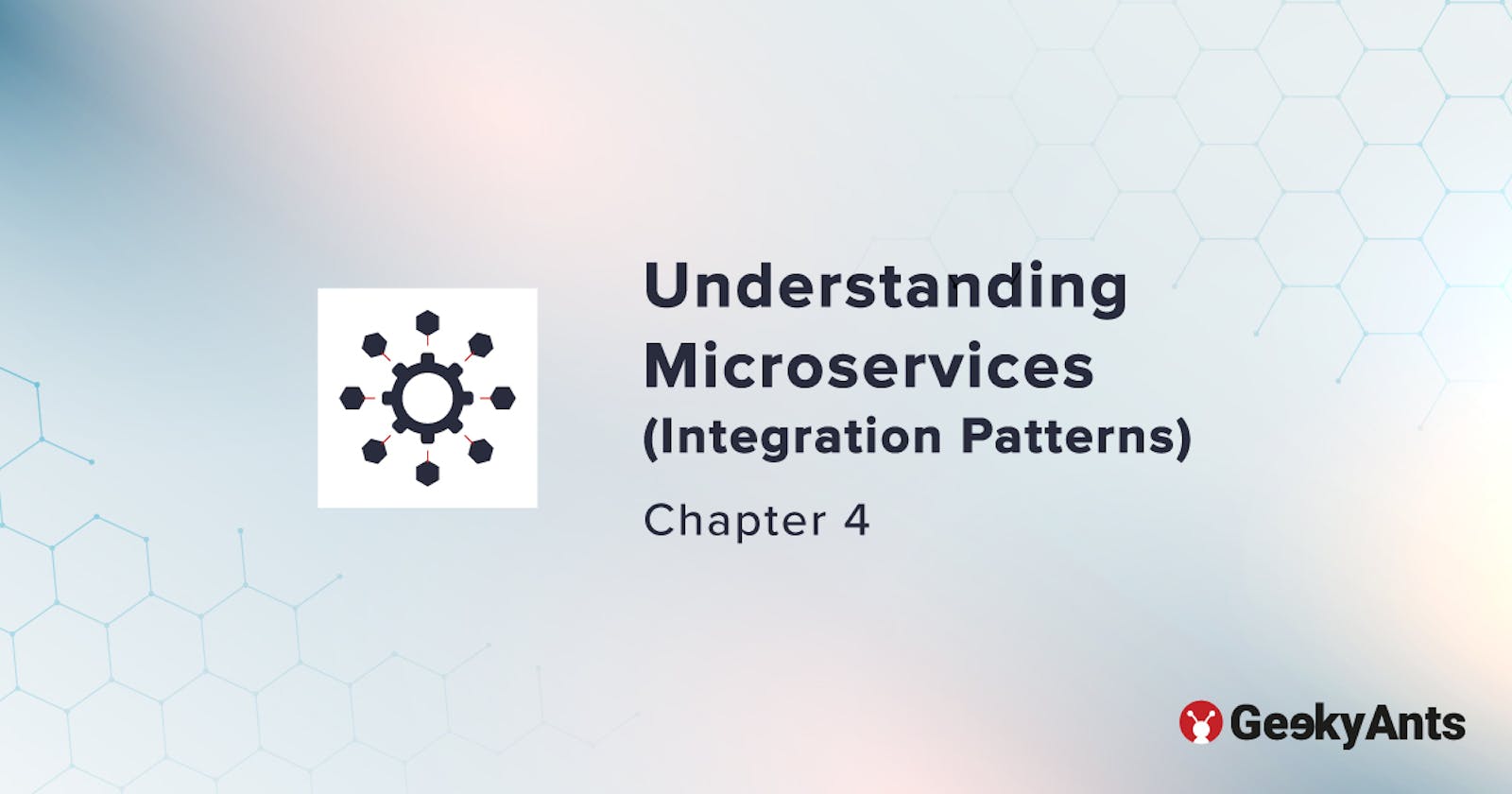Understanding Microservices (Integration Patterns) - Chapter 4
The fourth instalment in the series about understanding microservices which deals with integration patterns
Integration patterns allow you to solve orchestration and Ingress needs across your system as a whole. In this article, we are going to discuss integration patterns for microservices.
The first pattern that we're going to talk about is the gateway pattern.
Gateway Pattern
The API gateway pattern or gateway pattern is an Ingress pattern for clients communicating with your system services. The problem statement we're trying to solve is that of chaos. If we allow any client on any system to access services however they wish, operational and maintenance needs will skyrocket across the system as a whole.
This grows even more chaotic as your client set increases, especially if third-party vendors start consuming your APIs. The gateway pattern is designed to provide a buffer between the underlying services and the client's needs. That can be accomplished via a facade or a simple proxy, each having risks and rewards.
This includes client systems that you own. They can simply proxy the calls to your underlying services and can mutate the calls, or it can limit the calls based on what the gateway itself exposes. This, however, can become a single point of failure for a system as a whole because of which care needs to be taken to ensure that it scales and responds well when the need arises.
Mutation Behaviours
Here is what is typically executed with mutation behaviors:
- Can simply Proxy
- Can decorate Payloads
- Can aggregate
- Can limit access
- Movement buffer
Consider having web, desktop, and mobile clients for your system, as well as public API clients you publish to npm or Maven. The gateway pattern gives you a contract-driven API point and they can be static while the underlying services can change, migrate and move as needed. The gateway implementation may change, but your clients don't need to feel the pain of that change because it adheres to your public contract. The strategy for building a gateway is actually very straightforward.
Strategy for building a gateway pattern:
- Define contracts
- Expose APIs for those contracts, client focused
- Adhere to strict version control and passive changes only
- Implement the gateway to call your services and your clients to call the gateway
Process Aggregator Pattern
The process aggregator is a very straightforward way for your system to develop complex processes. When we have multiple data domains that need to be called together within a business process, we use business process services. There may be cases, hopefully infrequently, where you need to do the same for business processes themselves. This is where this pattern comes into play!
So the problem that we need to solve is we have built out several business processes within our system but we see having the frequent need to call two or more of them at the same time in certain use cases and then build a composite response from it.
The aggregator provides clients with a single API to call. This API contract not only handles the underlying business process calls but assembles the payload for the client system.
The process aggregator can and really should introduce its own processing logic. If you are building an aggregator to simply group calls for your clients, you can leverage a gateway aggregator or even just keep the calls in the client whichH can cause long blocking calls.
Aggregator Design
- Determine the business processes
- Determining the processing rules
- Design a consolidated model
- Design the API for the action on that model
- Wire the service and implement the internal processing
Edge Pattern
Much like the aggregator was a subset of the Gateway pattern, the Edge pattern is also a subset of the Gateway pattern. The basic problem that we need to solve with the Edge pattern comes in two flavors. The most common is that using a Gateway becomes a scaling concern as one client type, say mobile, contributes to request volume significantly more than other services because of which scaling the Gateway becomes wasteful.
The other problem is similar to aggregation in that a client doesn't just need a single touch point. It needs special business logic as well, that only applies to this client and Edge Services transforms into client-specific Gateways. They provide the benefits of aggregation, consolidation companies and complexity isolation while doing so based on the sole needs of a specific client. These Edge Services focus on a specific client, so their isolation pattern is directly addressing that client.
What does Edge Design do?
- Identify Client
- Build Contracts
- Implement Contracts
- Maintain passivity as long as client is needed
Gateway vs. Edge
Here are some ways in which Gateway patterns differ from Edge design:
- Similar but different; we're handling things like isolation, consolidation, aggregating and proxying, it's whether is for the whole system or just one client.
- Edge target clients
- Edge more scalable
- Edge is more flexible for new clients
- Gateway has less moving parts
Conclusion
This article shares some key principles and different patterns to use for the orchestration of different clients while minimizing the chaos and maintenance. We covered patterns that handle isolation, consolidation, aggregating & proxying for a specific client or for a system as a whole. I hope this article has given you insights into the topic and hope to see you in the next one.
Thank You :)

